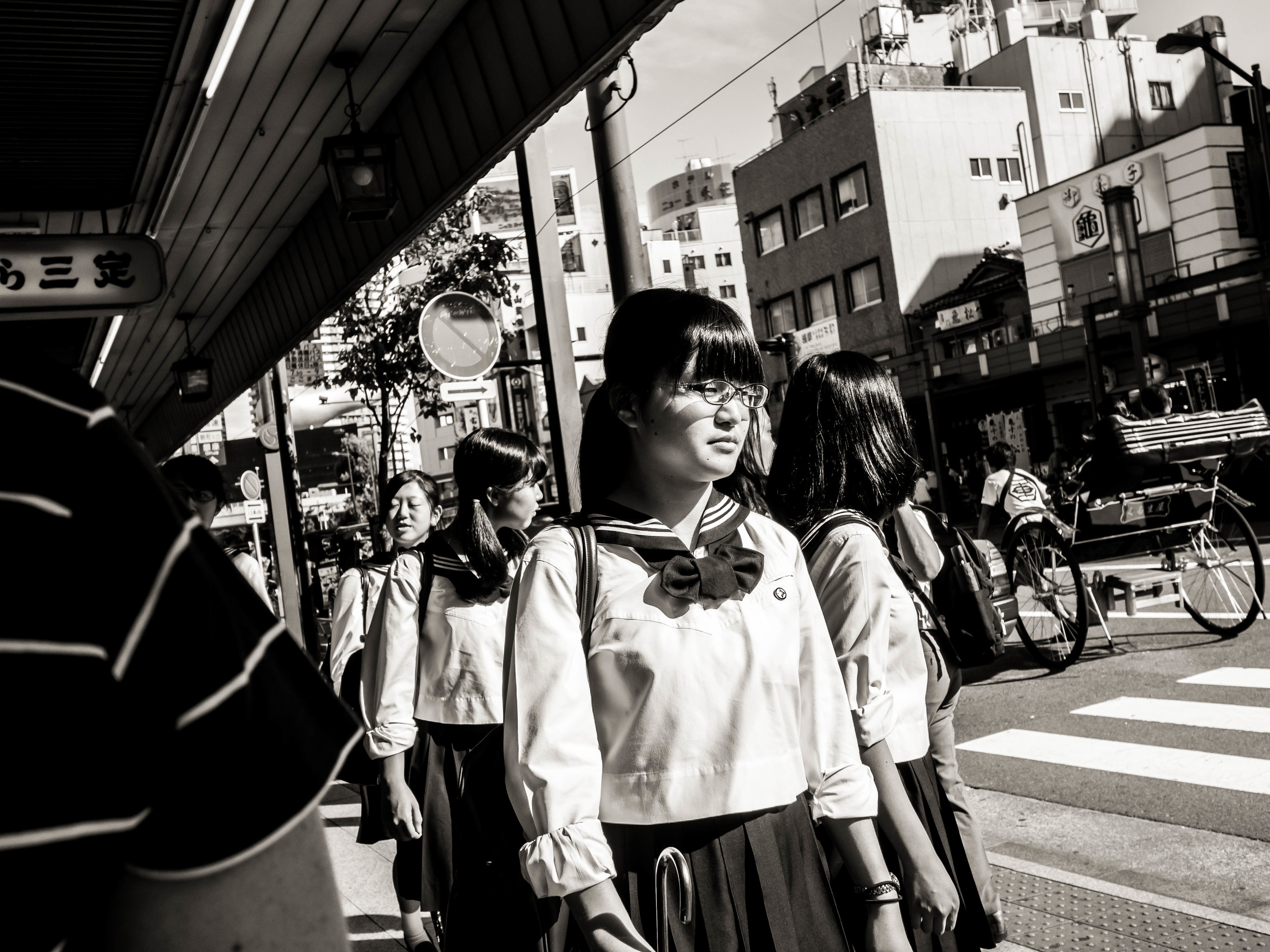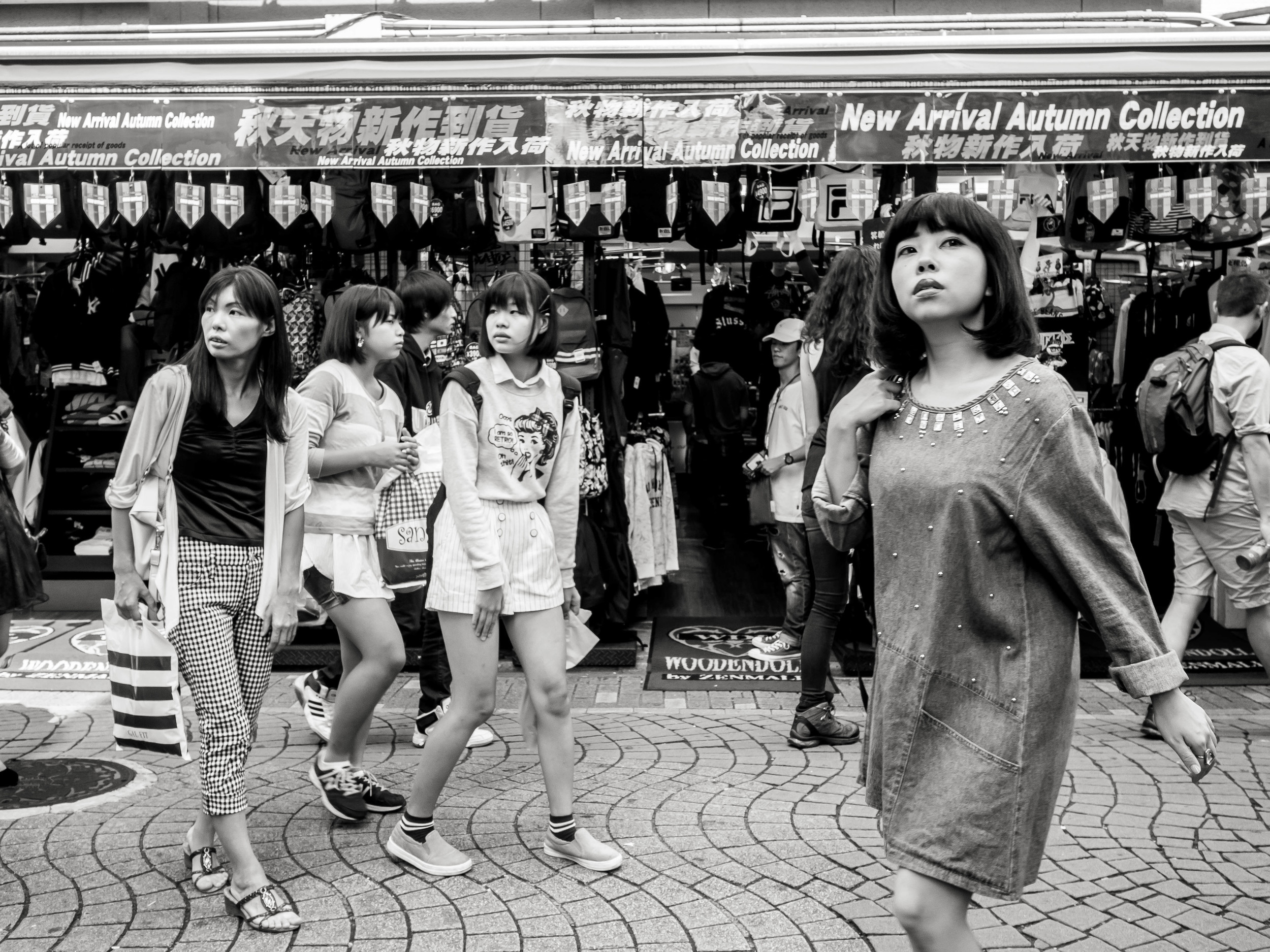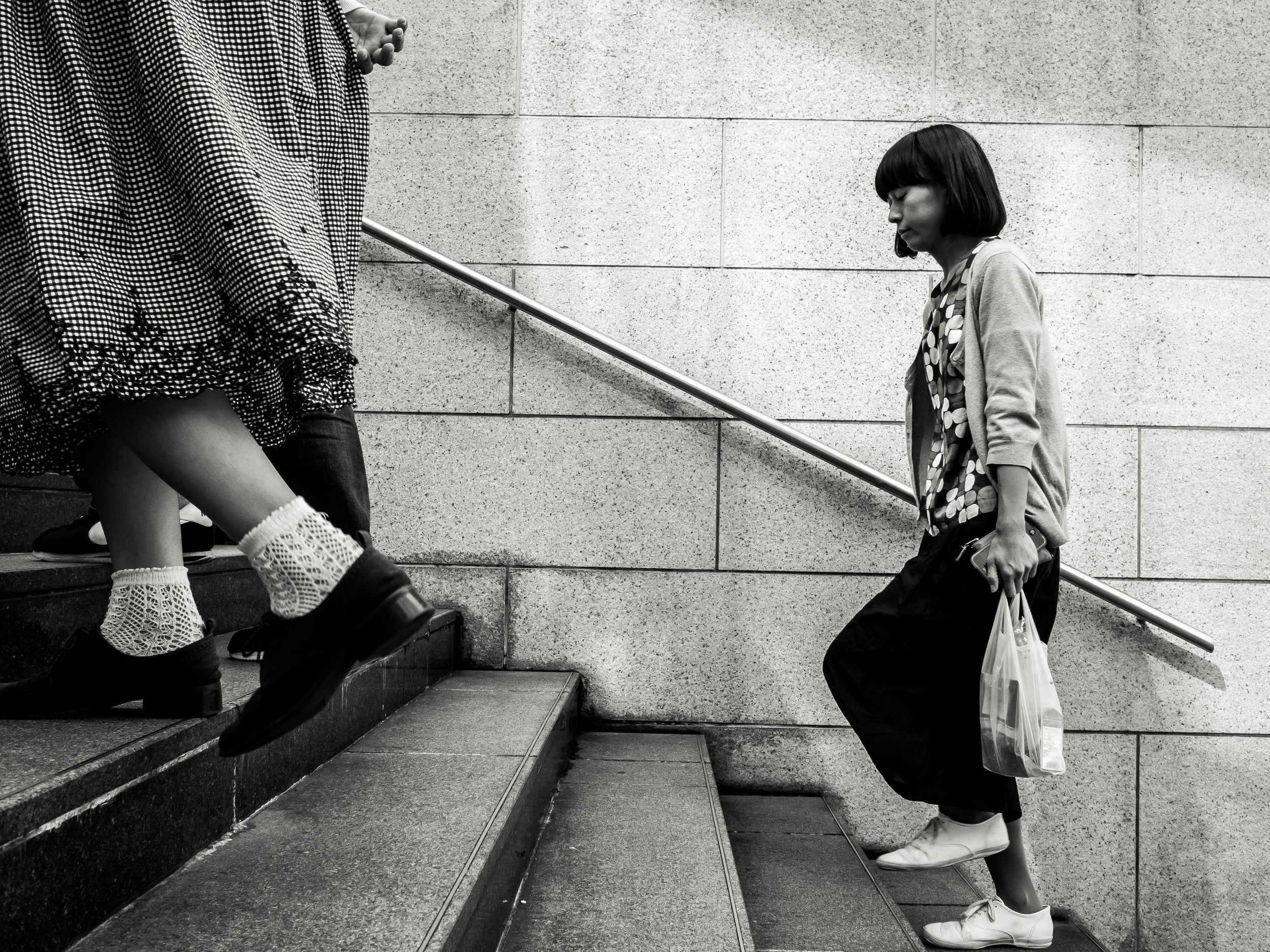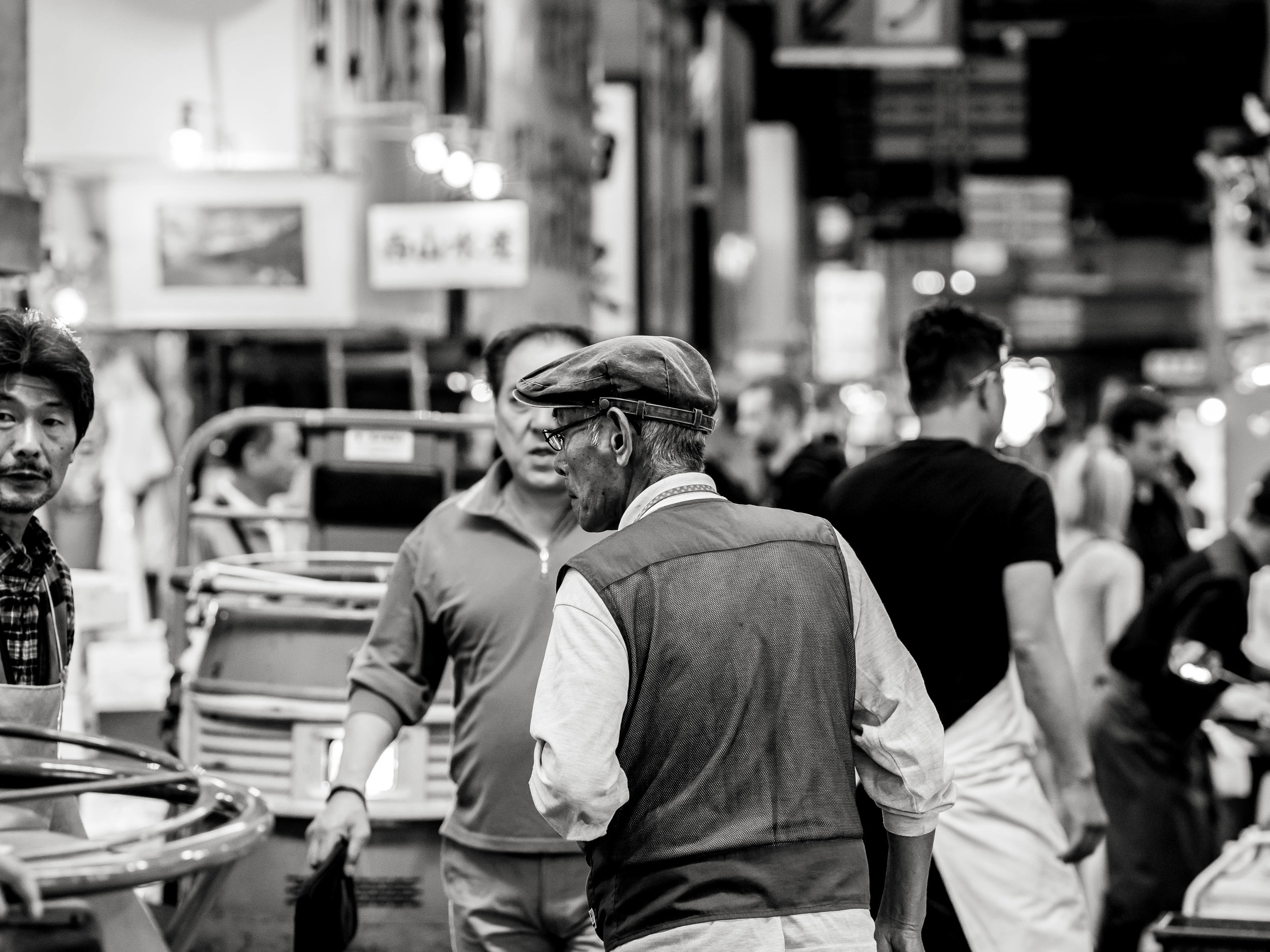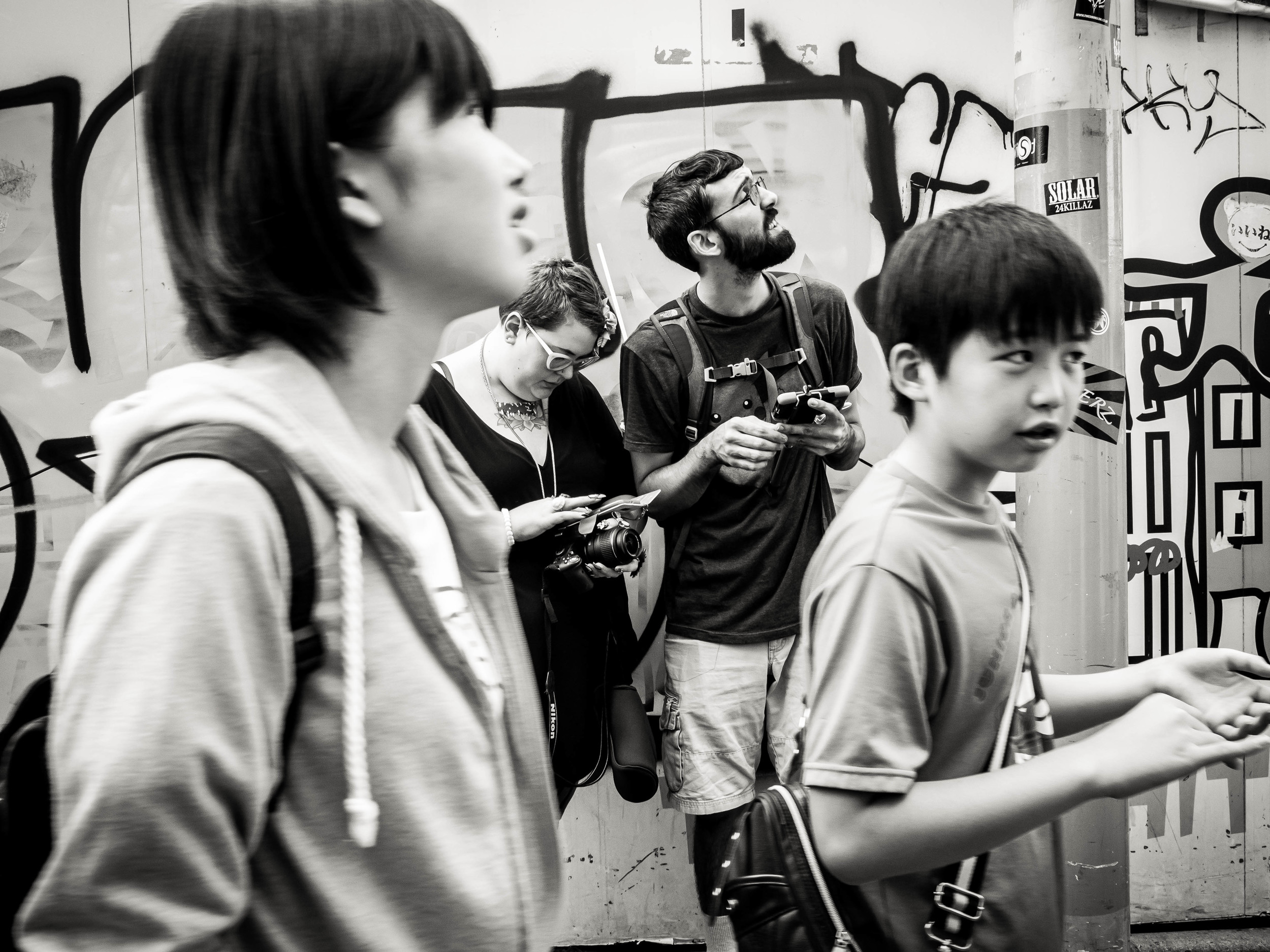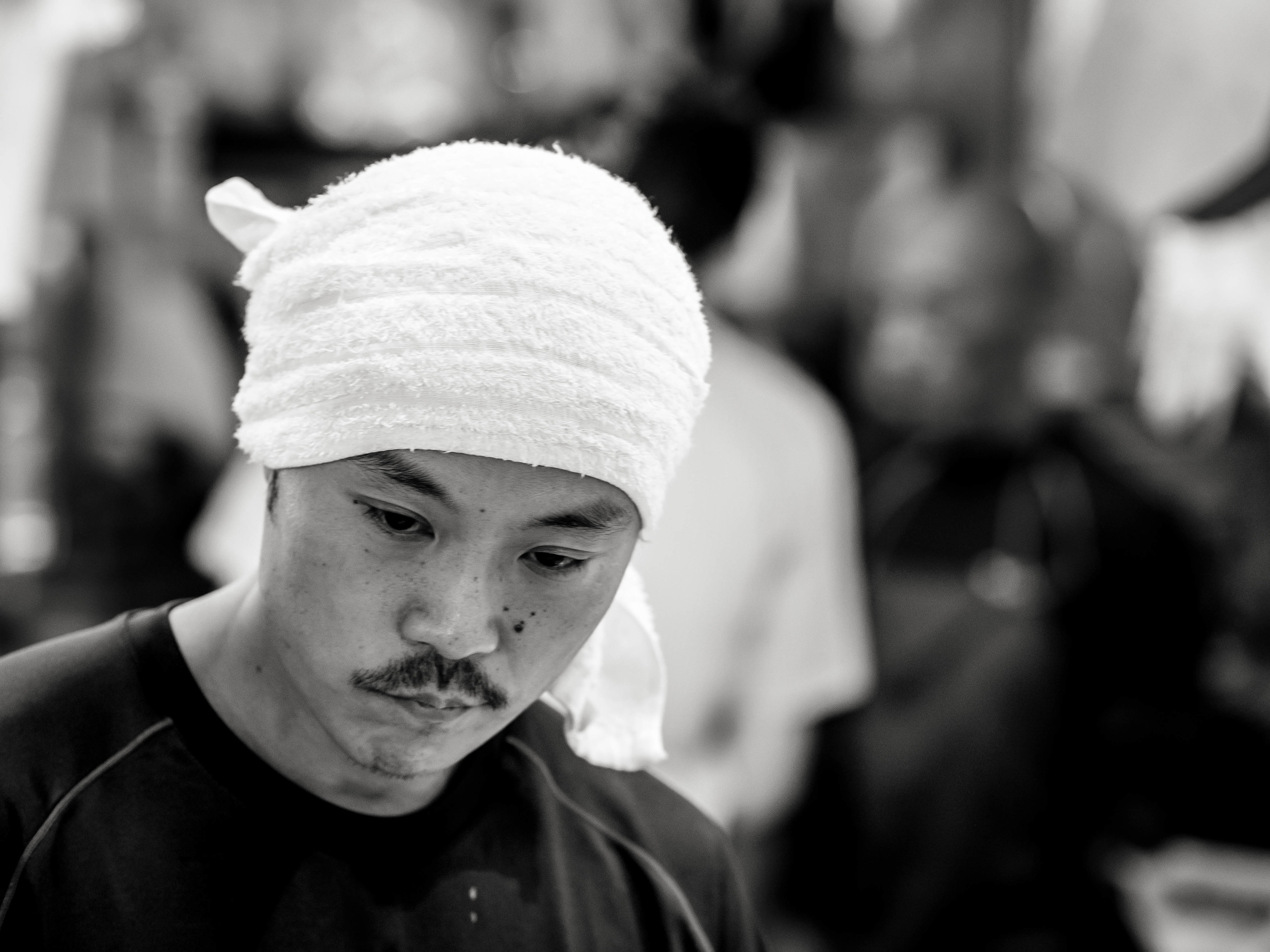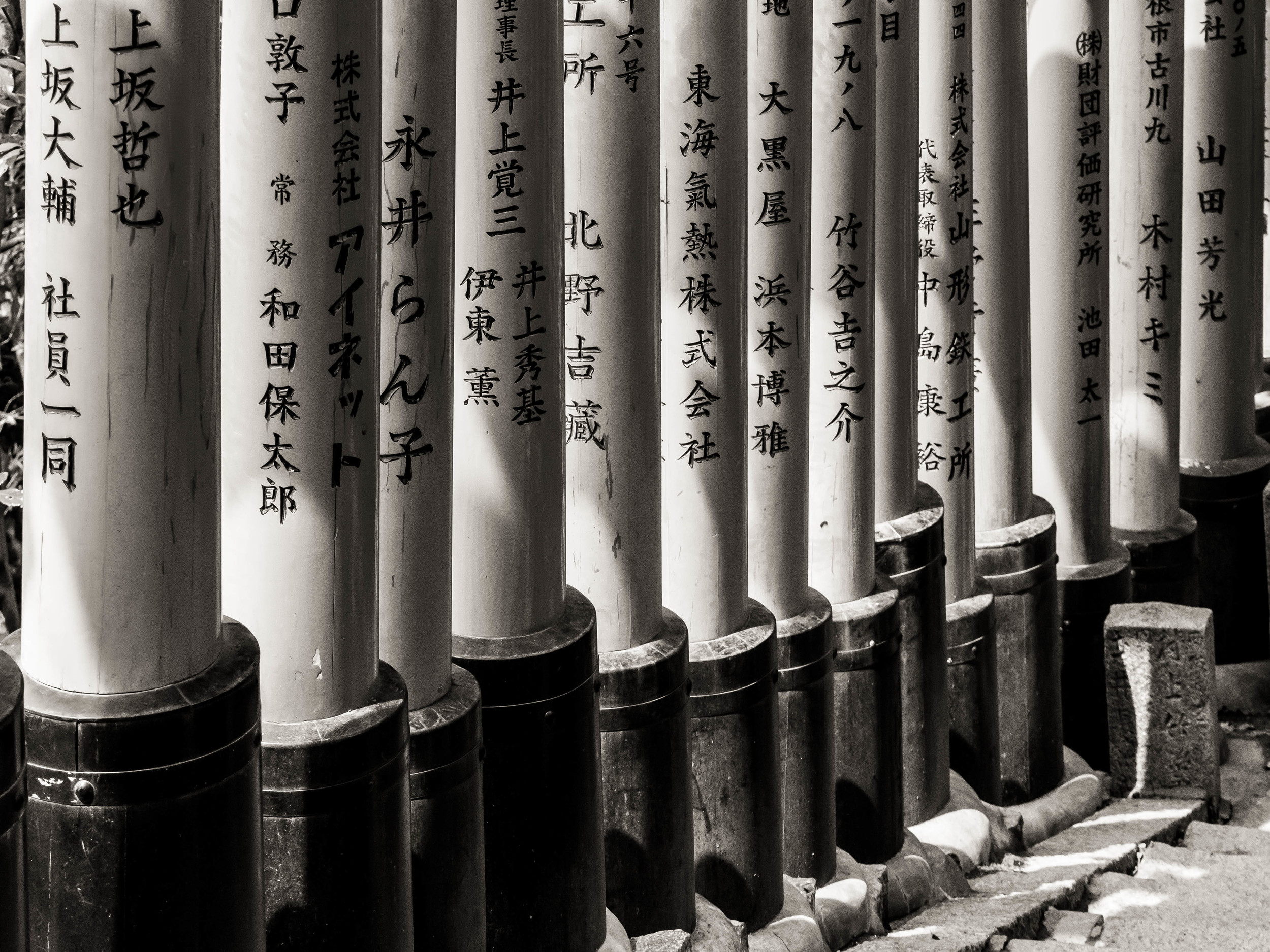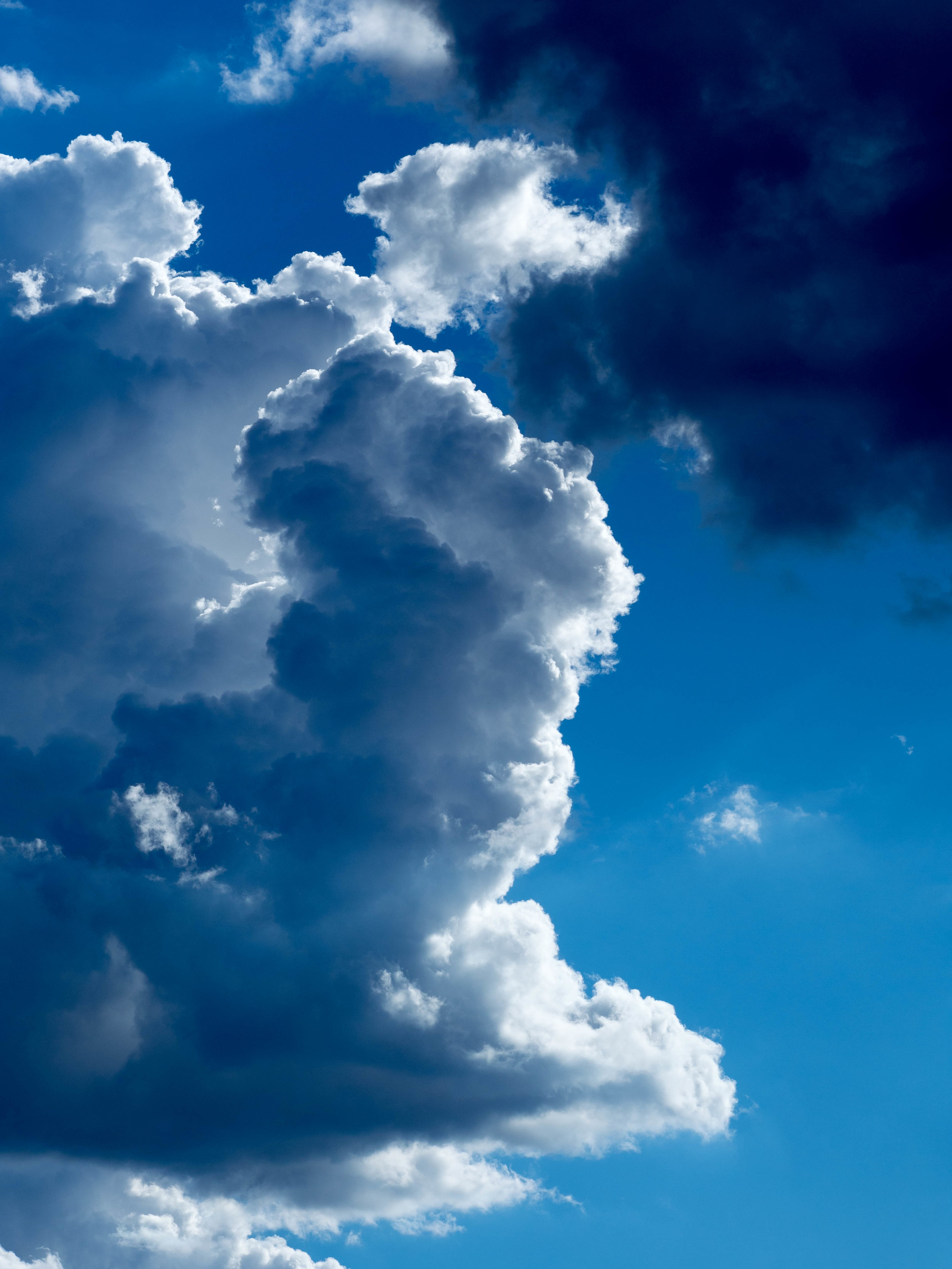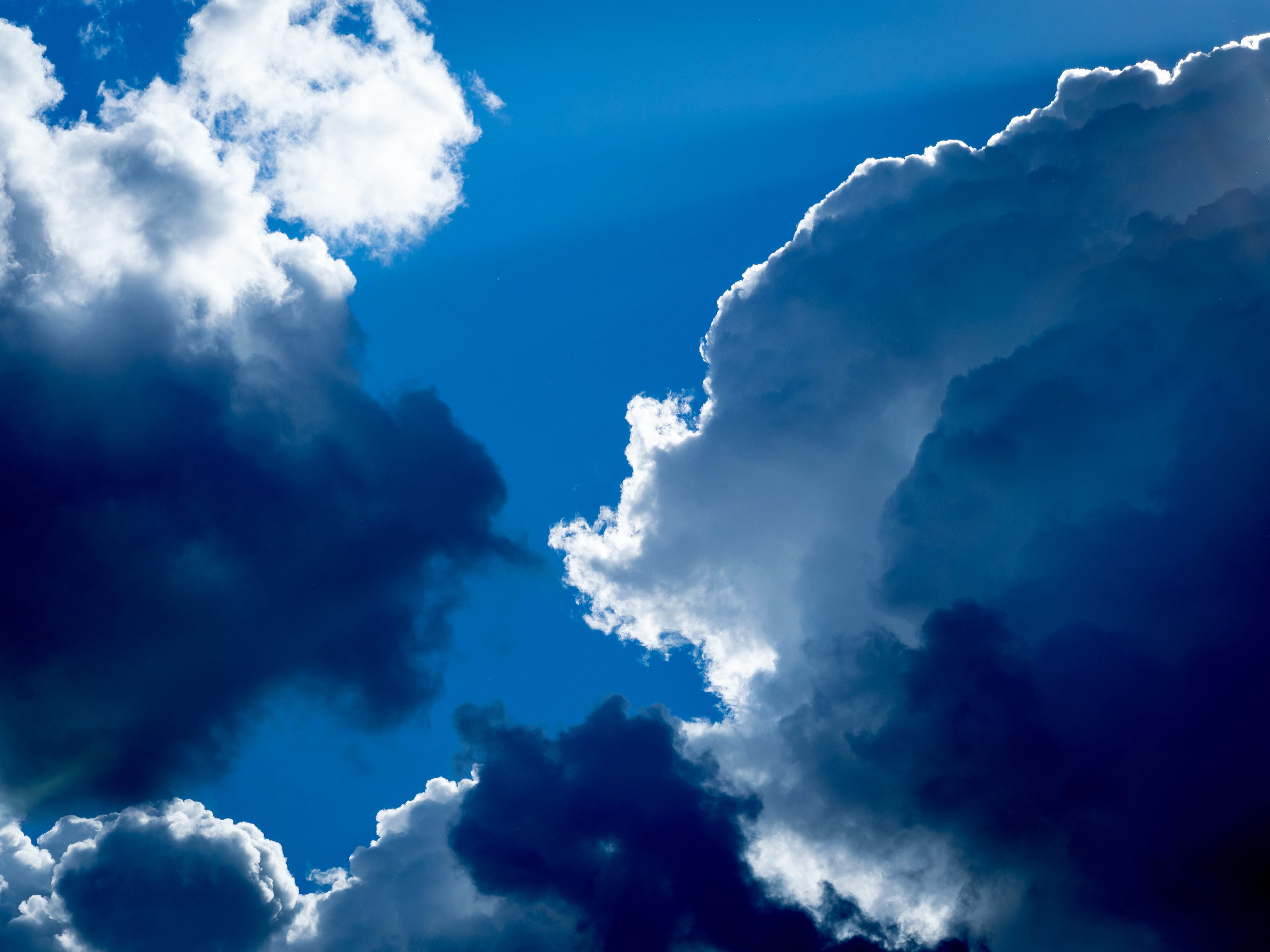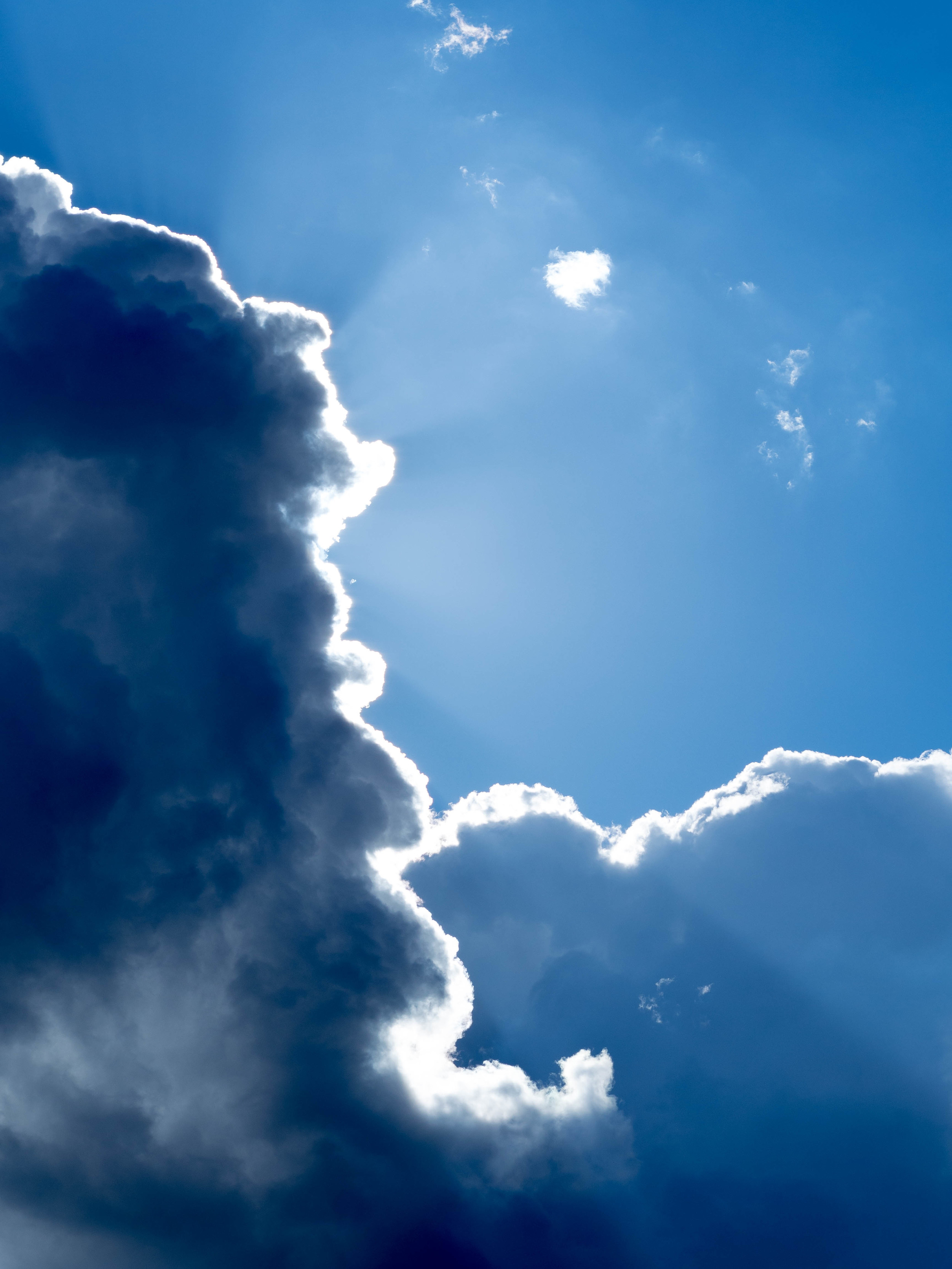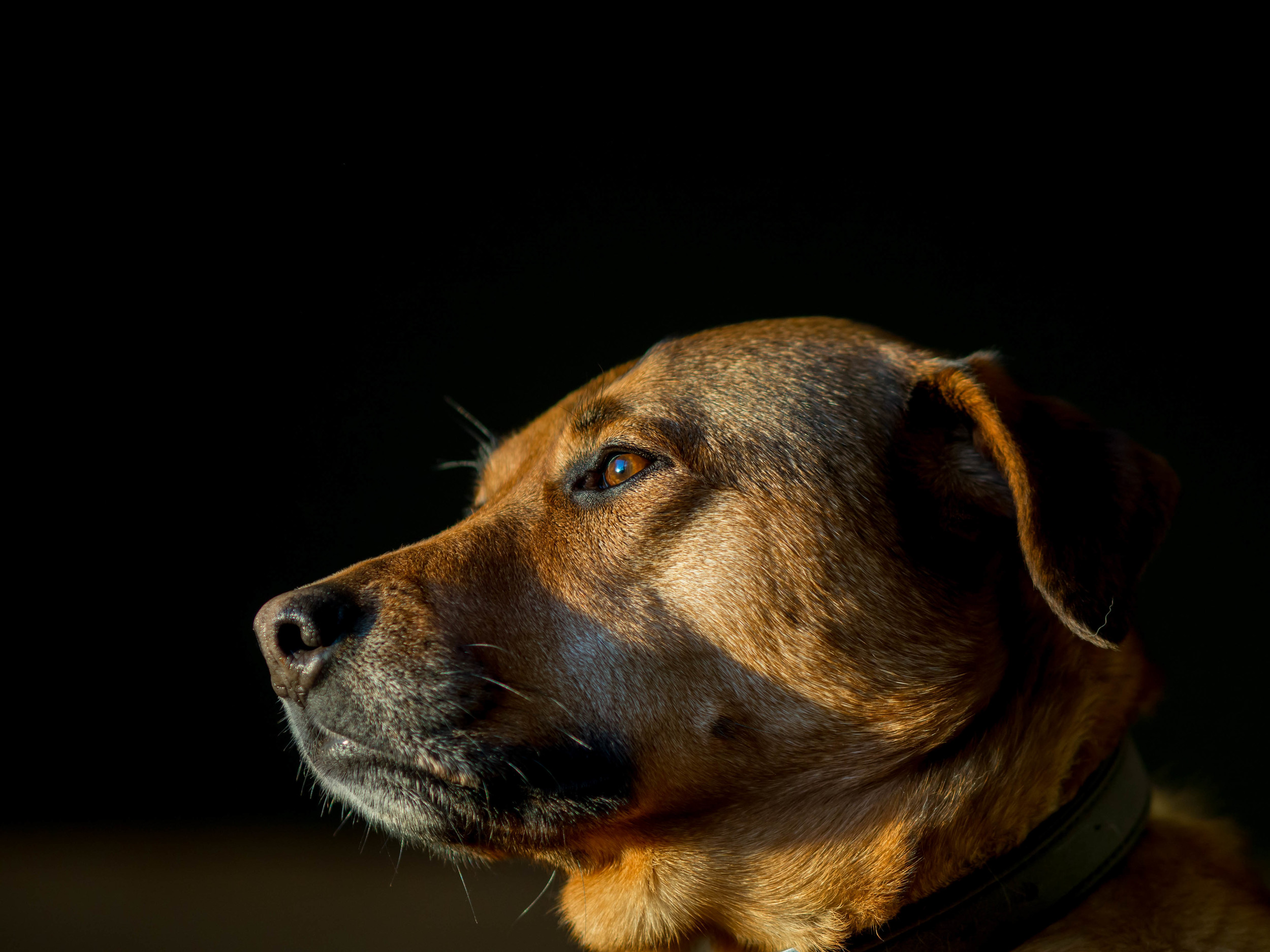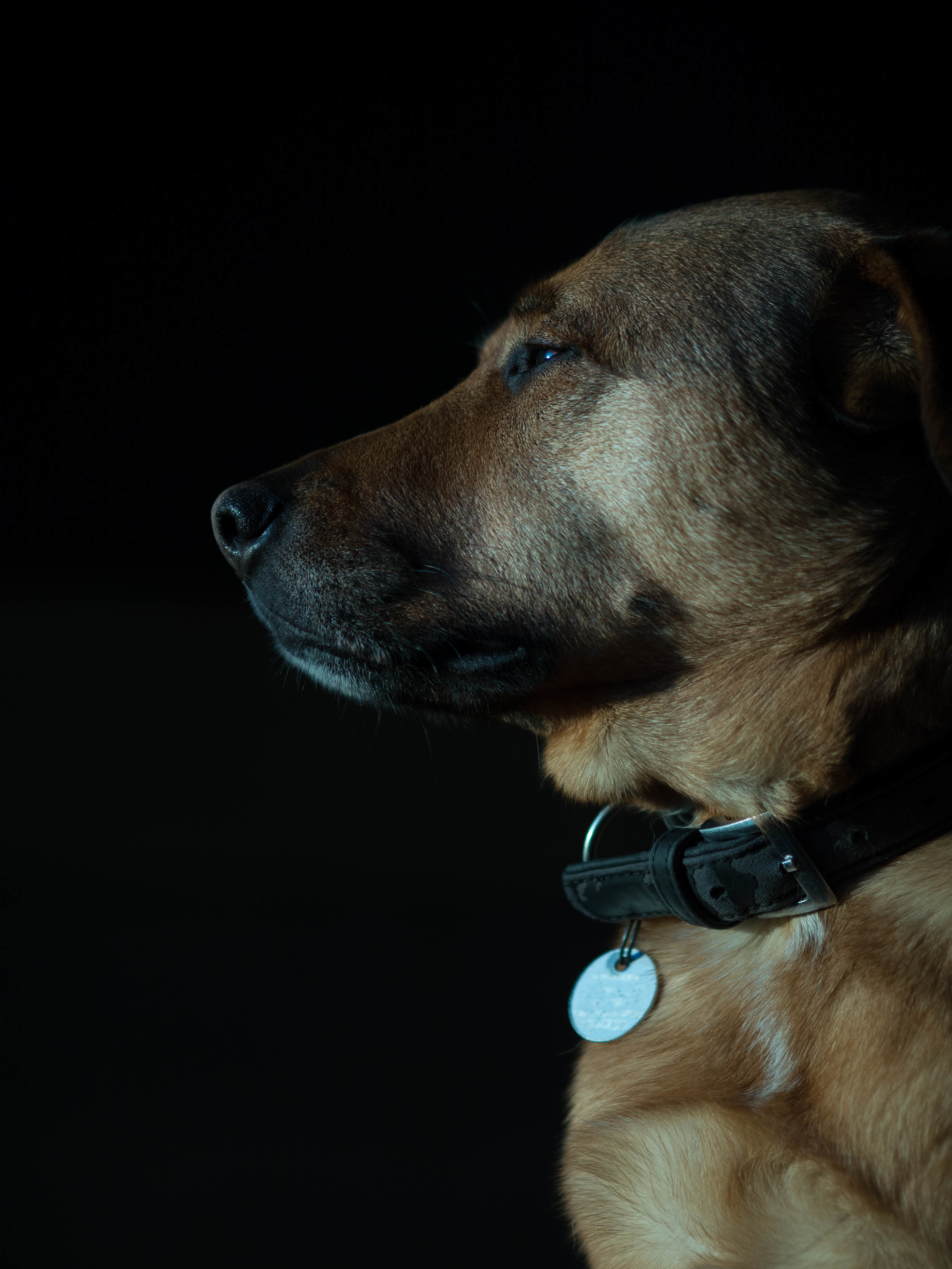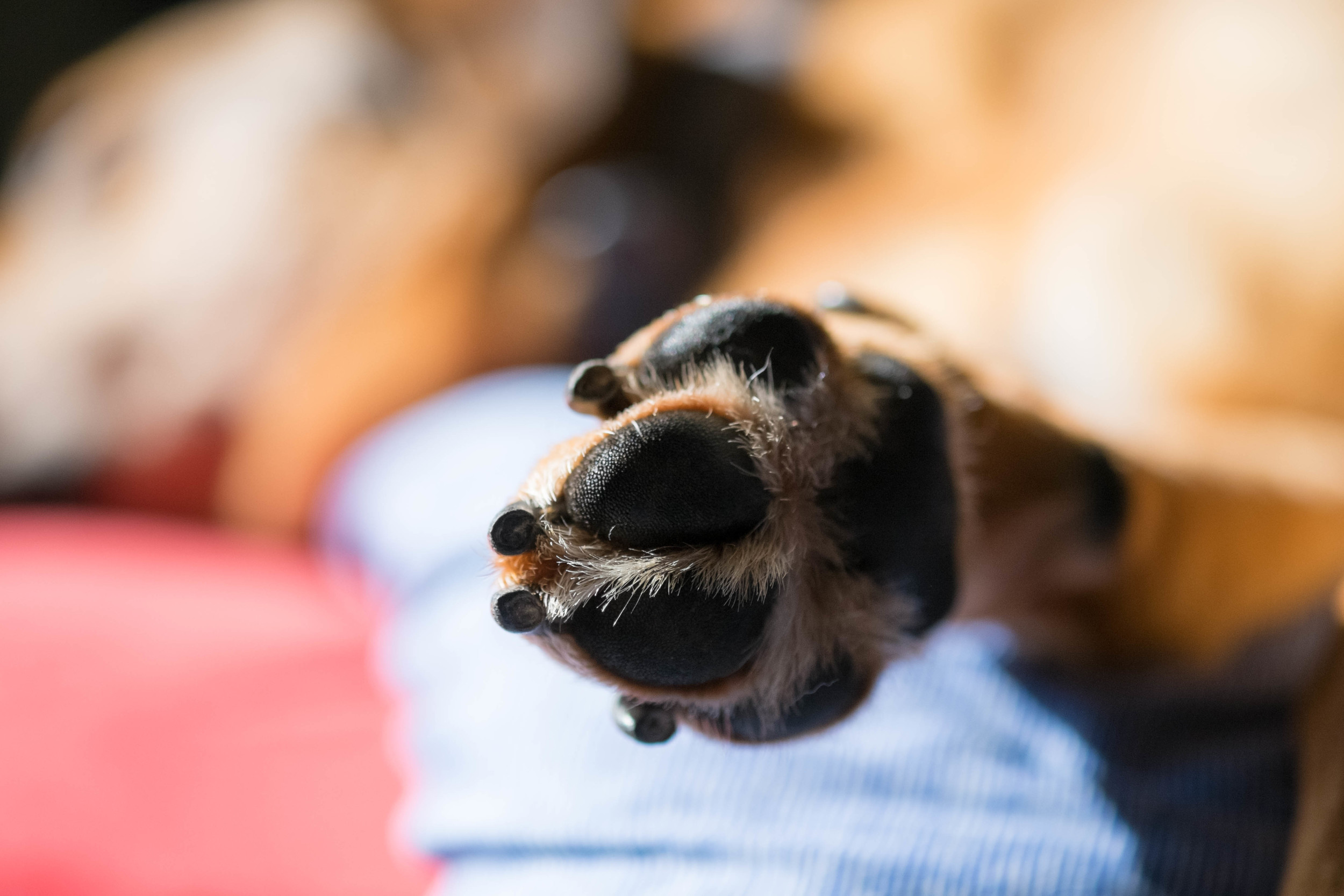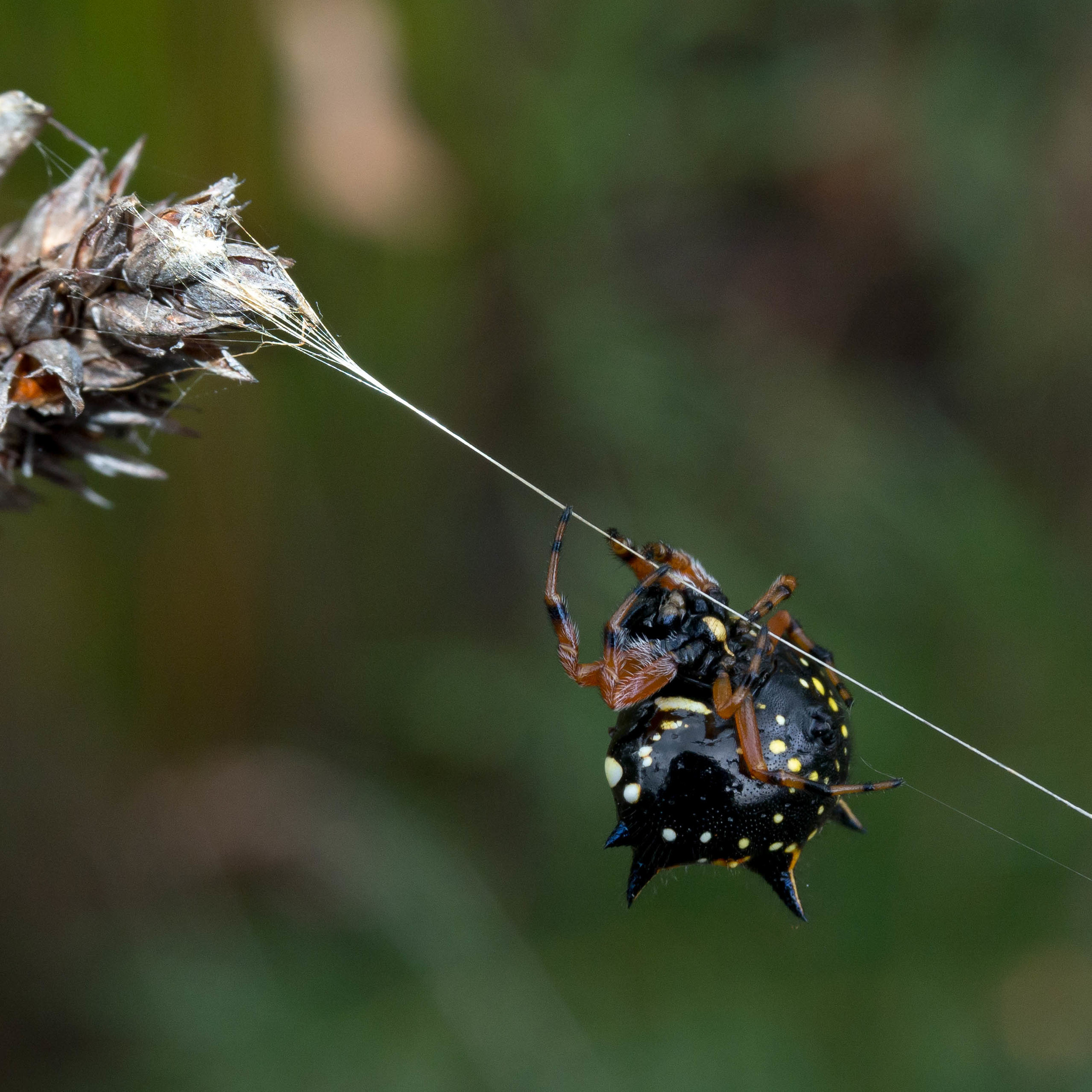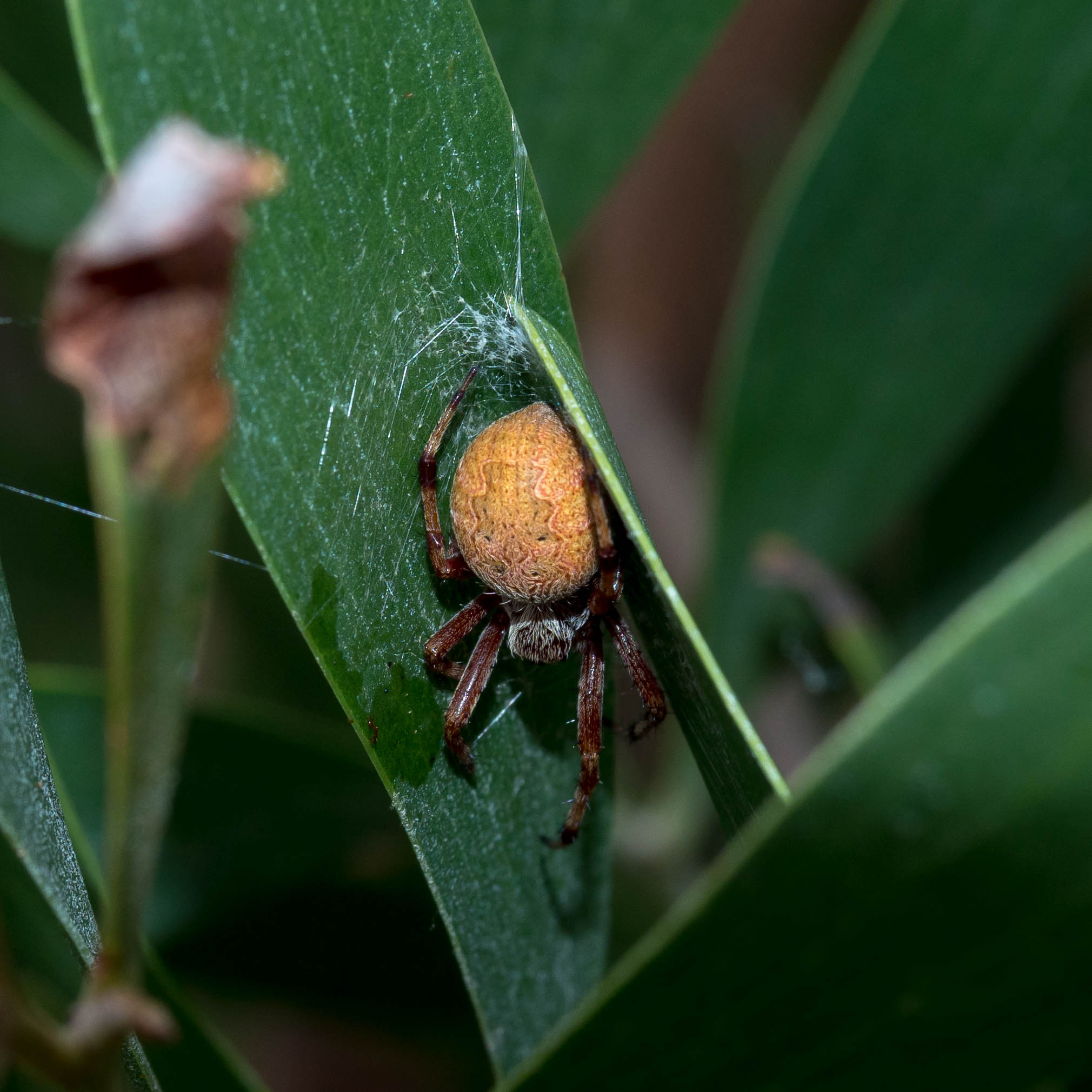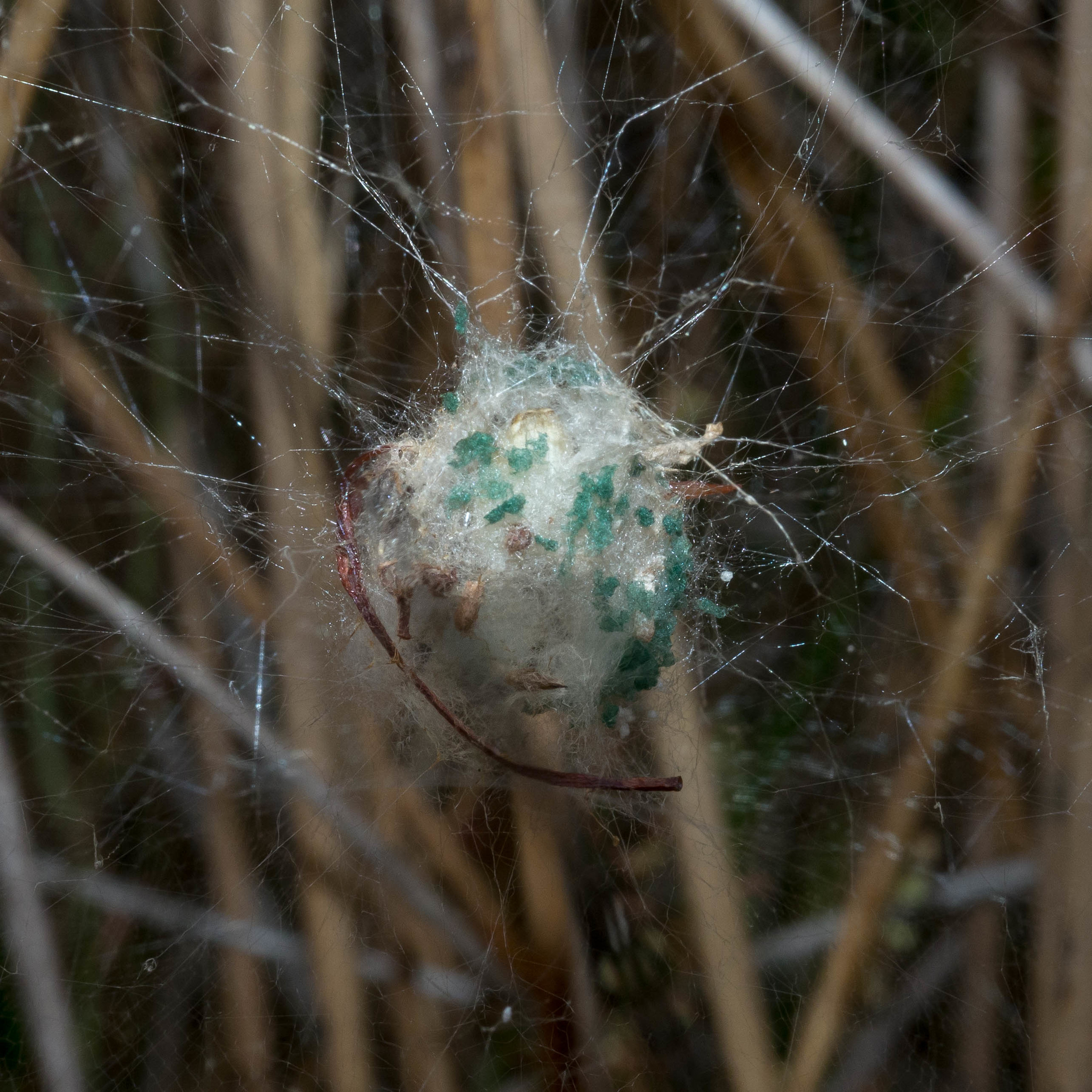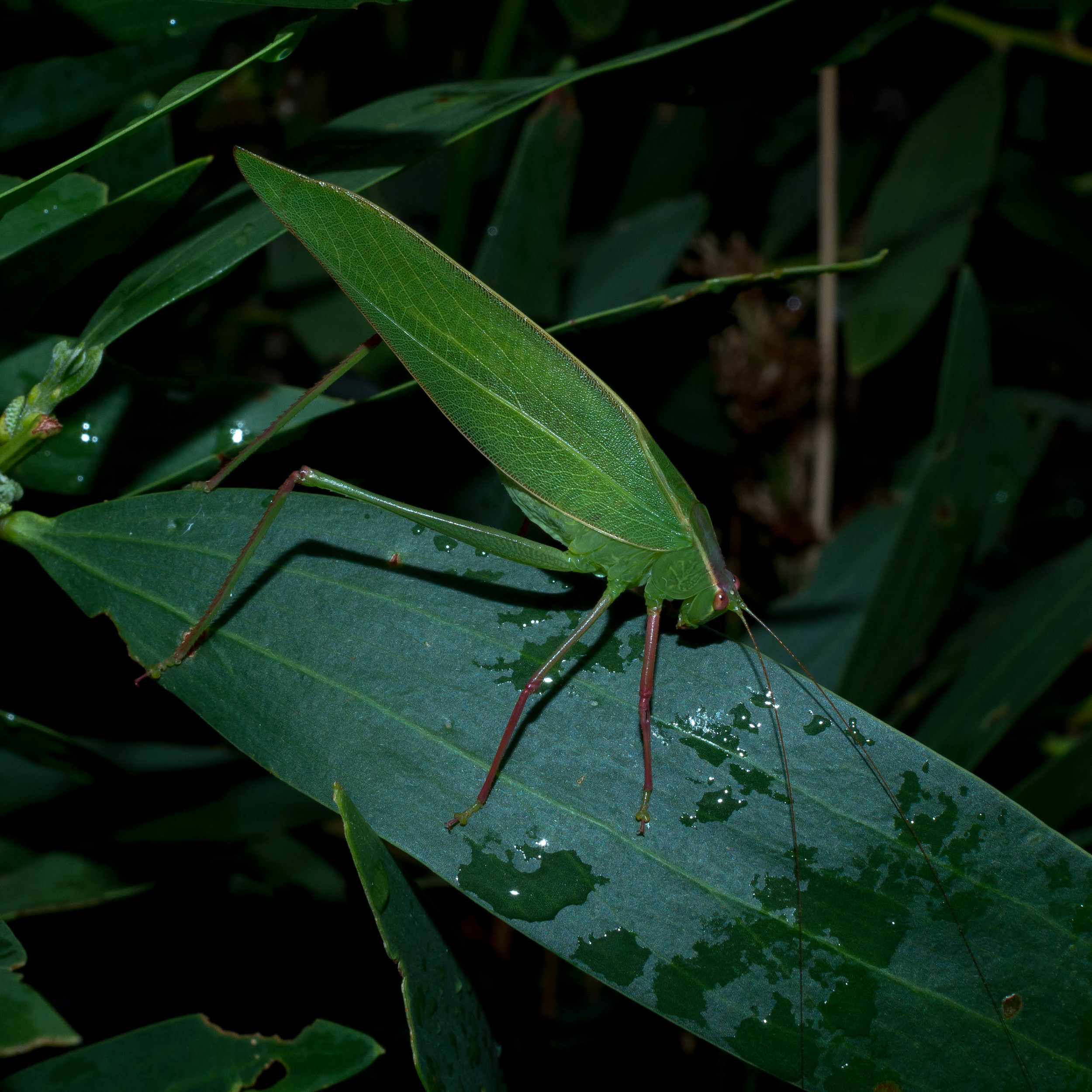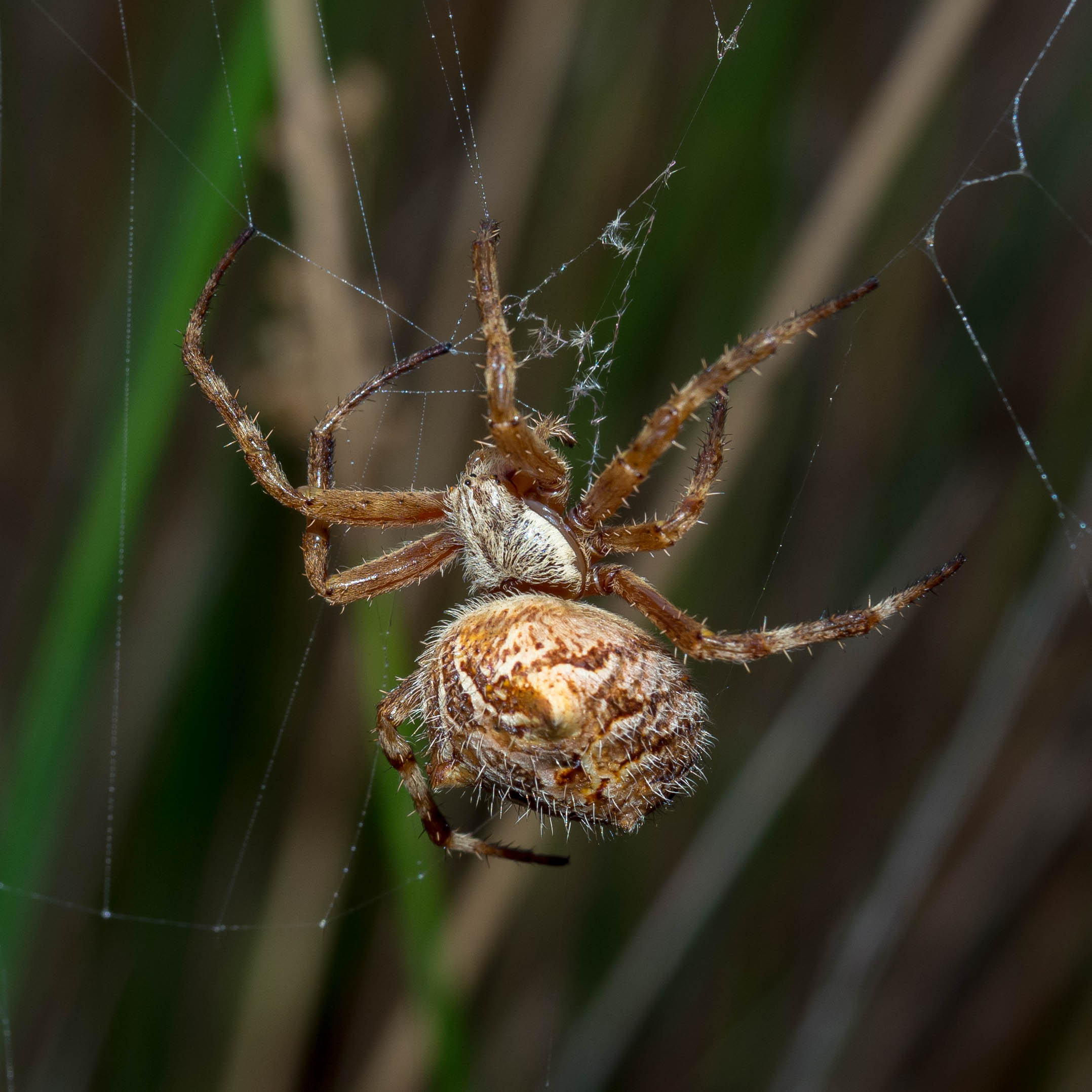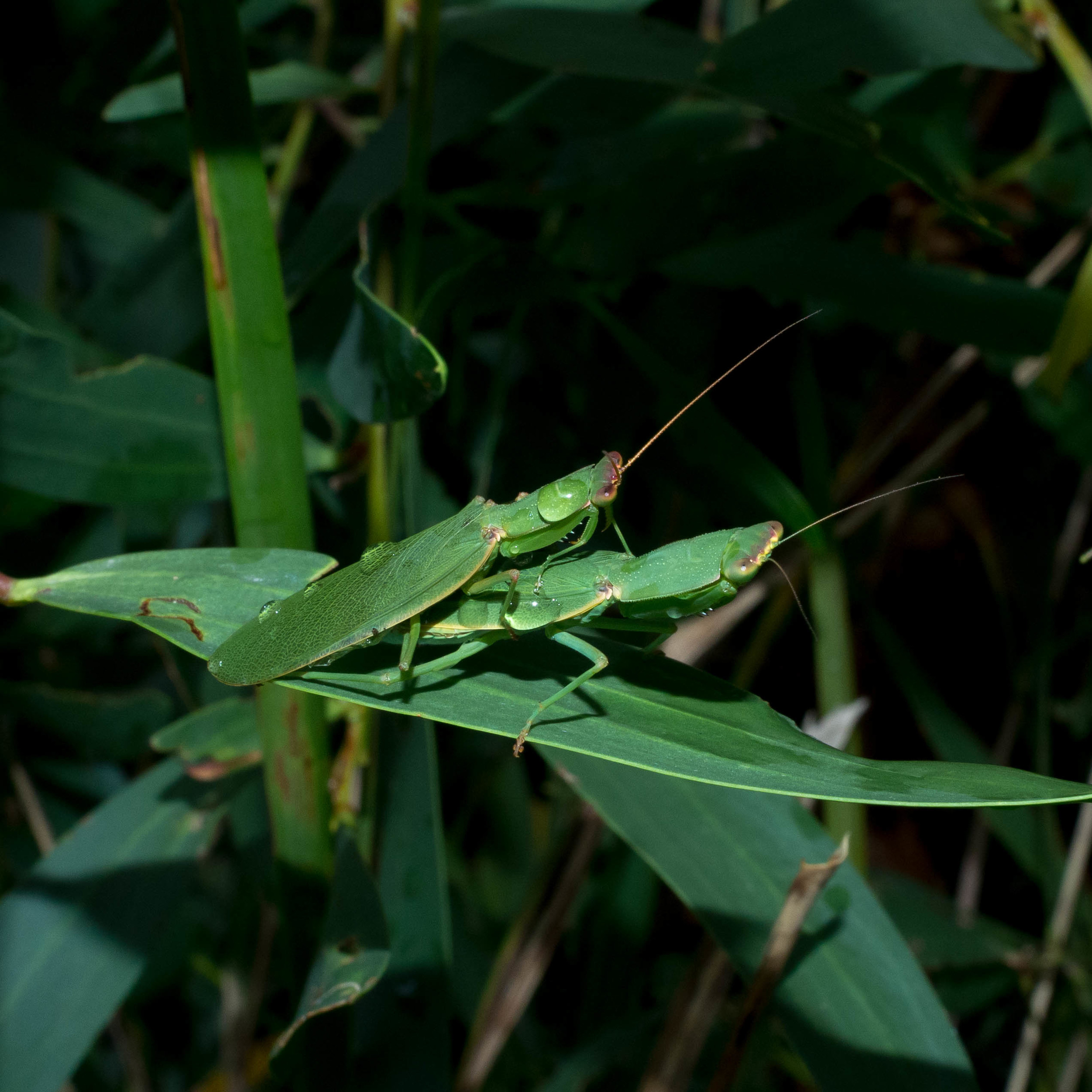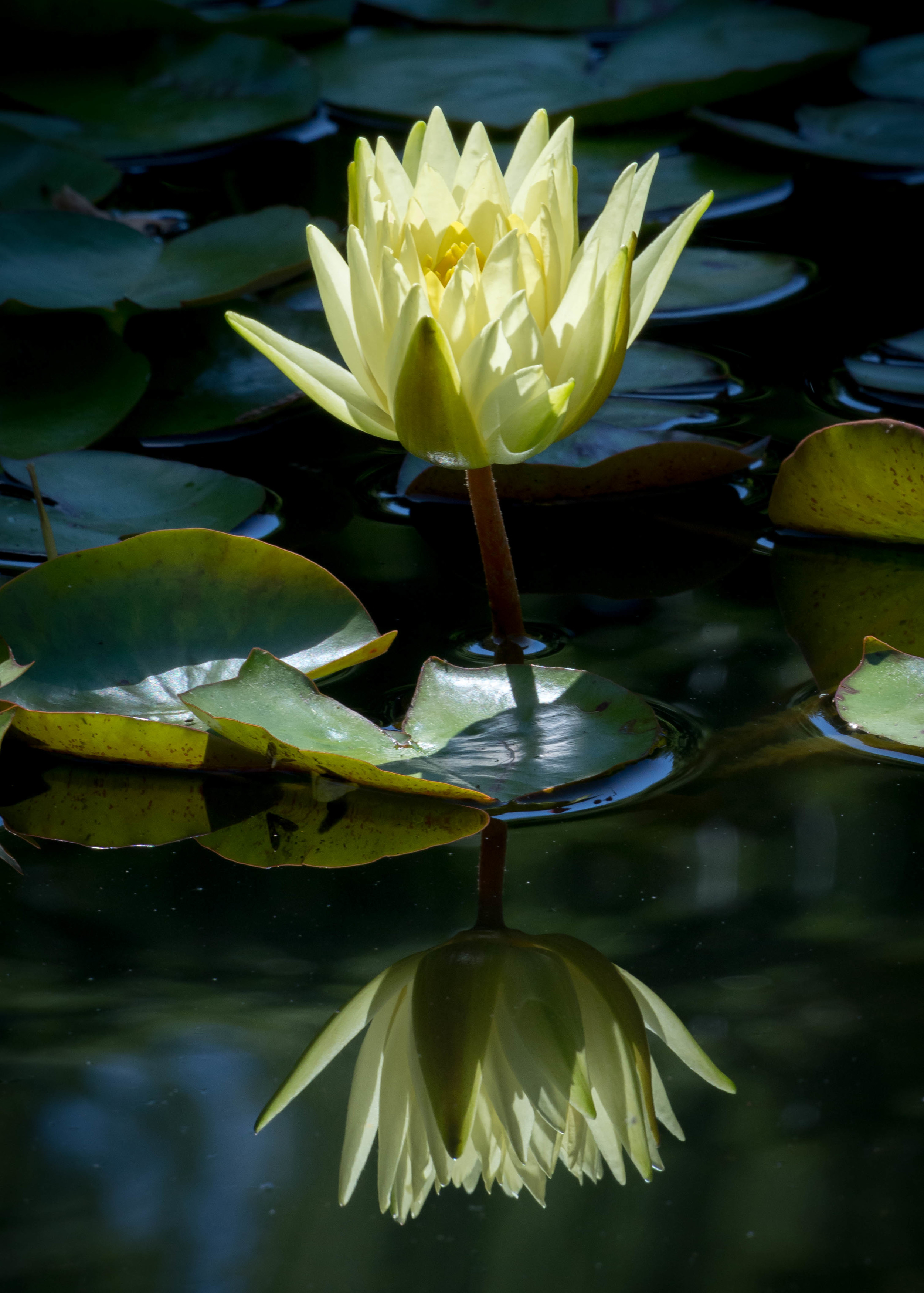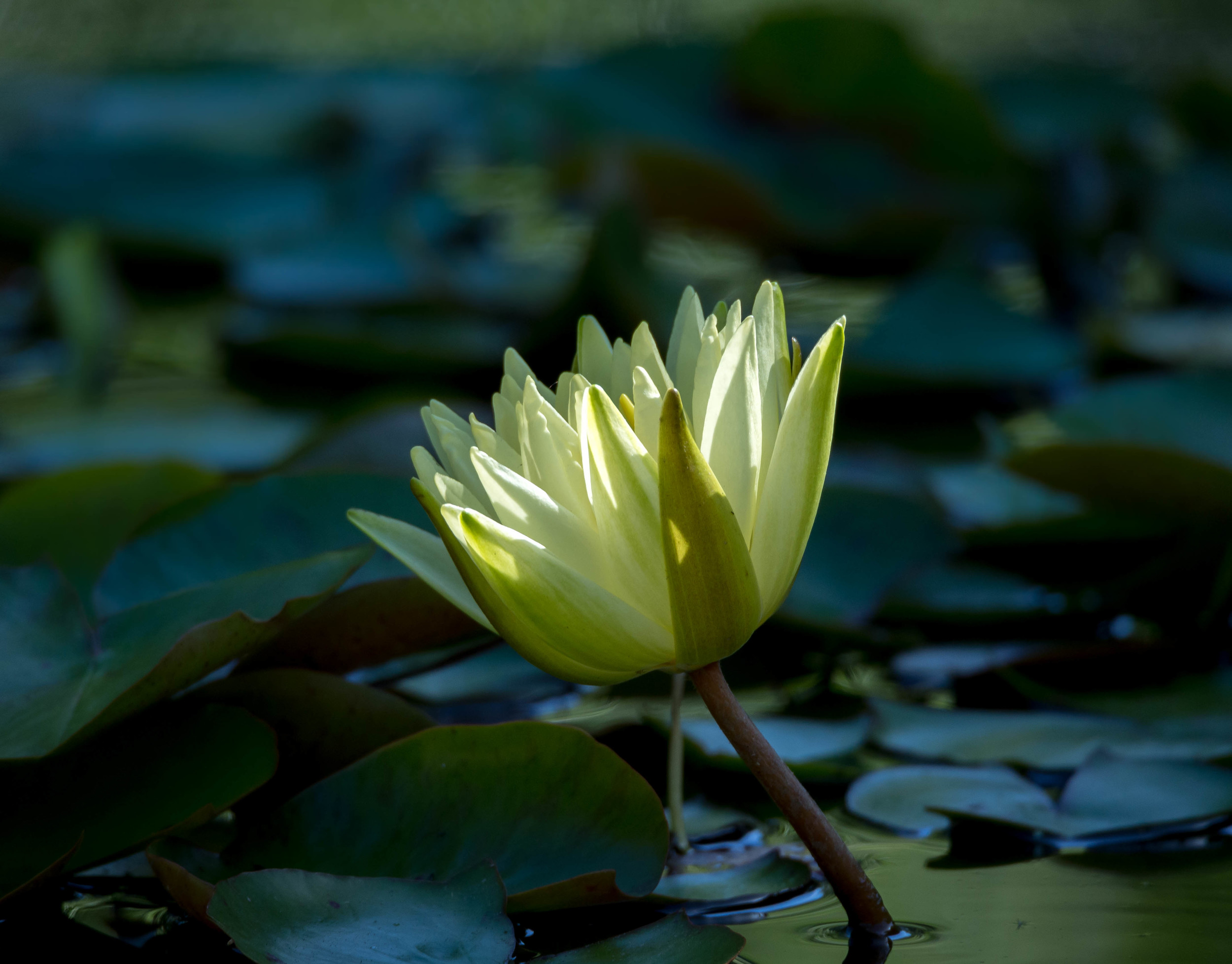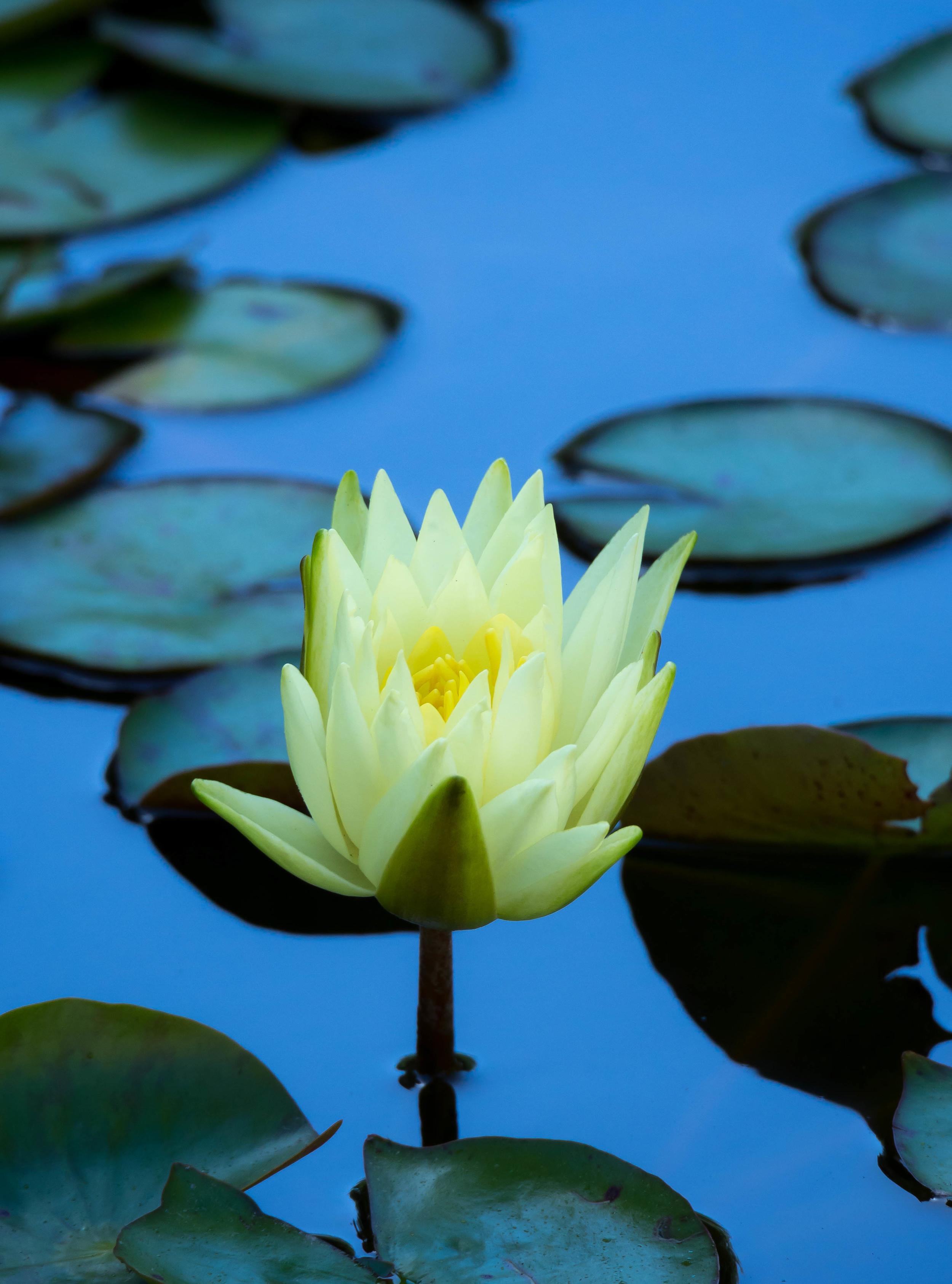I recently had a stint in hospital. Not something that would prove lethal in a modern first world hospital, but something that made me very grateful I do not live in a third world country.
On waking up from a long sleep, I found a photography magazine that my mother had brought in for me. In her own words it was a bit odd to give me a magazine on photography, but what else would interest me? Then something funny happened.
I got the photo bug back. The type of feelings I used to get, before I worked in a camera shop for nearly a decade (and got quite sick) and it struck me that in many ways nothing has really changed. Photography is still practiced with the same goals as it always had and the technology is there to facilitate that not change it. Put simply I had forgotten that a good image is simply a good image. Here where people going bush or travelling and taking the same images as we have always taken presented the same way it has been for years. How had I lost sight of this? Too much time talking gear, not enough looking at photos? Or maybe I just stopped buying paper magazines too soon. The magazine format and nowhere to go also makes you take your time and absorb, so maybe this helped.
What do you do when the bug bites? You buy more gear (please ignore all relevant posts prior to this about less is more, just for this post). My lofty wish list* was whittled down to reasonable shopping list after some quotes came in. I decided on a "new tech" camera, a problem solving lens and a new Pro1000 Canon printer (still not purchased, but coming). The logical set up would have been a 60mm macro to fill a gap and EM10 mk2, but I was/am embracing life!
My first purchase was a Pen F. Did I really think it would change my world? No, I have been around cameras too long to think a couple of generation shift would make much difference these days. It did however have a couple of features that I could really do with. A silent, vibration free shutter for long lens landscapes and street shooting and a better manual focussing dynamic than the EM5, both real benefits, not "fluff". The EM10 mk2 actually has most of the features I wanted and is better for a video set up, but the Pen is dead gorgeous and felt better in the hand.
How does it go? It is better laid out than the OMD EM5 (one of the few early criticisms of that camera), but the menu has been changed a bit, maybe to accommodate its extra features so I cannot get the two models set up the same (Grrr). It seems that Olympus has just chosen to drop some features on some buttons in the custom menus. It does have some new ways to do AF selection, but I cannot match these with the older cameras. AF may be slightly faster, but the more precise focus point is a blessing.
The extra pixels do not make a sharper or contrastier image, but the extra file size, the silent and vibration free electronic shutter, mounted on a tripod with the pro zooms should produce some big, waste free images. Maybe the dynamic range is better? Still to be confirmed.
The second thing was the 40-150 f2.8 pro lens. This one broke all of my rules, but I was after a landscape lens that would give me a gapless range with my 12-40 for tripod work. As stated before, I prefer prime lenses for most work, but zooms are just too good for tripod work. If you don't have to shoot quickly why waste pixels with poor framing options.
PenF 40-150 at 75mm f2.8 lower right third of the image, about 4mp (off centre sharpness test). The 75mm lens image is identical. Standard processing.
I love my 75-300, but there was a sizeable gap between 40 and 75 in an area that I use a lot, and the corner performance of the long zoom is good but not perfect. The fast, heavy, weather proof and expensive 40-150 ended up being the best choice. I am not going to further bore you with irrelevant test images, but here is my take after using the lens for a week or two.
It looks to be as sharp as the 75mm at the same apertures and focal length across the frame.
It is slightly sharper in the centre than the 75-300 at equivalent focal lengths, where the cheaper zoom is strongest, being roughly as sharp at f2.8 as the longer zoom at its widest aperture, but sharper stopped down to the same aperture. It is clearly sharper in the corners, being nearly perfect across the frame-my main reason for buying it. It sits more steadily in the hand, has a noticeably "snappier" looking image and is nicer to use except for the weight. The tripod collar helps with balance also, but this is really an issue introduced by the lens itself. Bokeh, in comparison to my primes could be slightly better, but for landscapes that is irrelevant.
Both the 12-40 and 40-150 seem to be designed to create beautiful images to the eye, regardless of how very well they do on the test bench.
*The 4 perfect primes list of the Leica 12mm and 42.5 ($3000), the 300 f4 ($3500) and my 75mm as well as the newly announced 25 f1.2 ($?). Impractical or ideal?














































